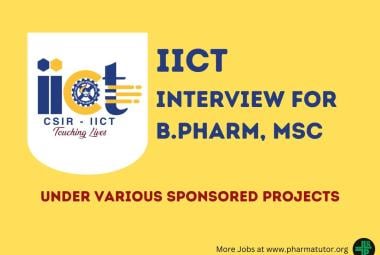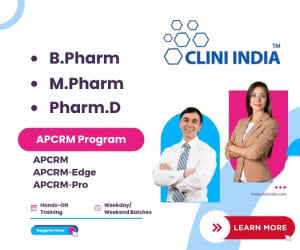A REVIEW ON: FORMULATION AND EVALUATION OF FAST DISSOLVING TABLET
About Authors:
Nishtha Tiwari
Department of pharmacy,
b.u Bhopal (m.p.), India
Nishthatiwari.18@gmail.com
ABSTRACT
The oral route of drug administration is the most important method for administering drugs for systemic effects. Except in certain cases the parenteral route is not routinely used for self administration, e.g. insulin. The topical route of administration has only recently been employed to deliver drugs to the body for systemic effects. The parenteral route of administration is important in treating medical emergencies in which the subject is comatose or cannot swallow. Nevertheless it is probable that at least 90% of all drugs used to provide systemic effects are administered by the oral route.



 About Authors:
About Authors:  About Author:
About Author: About Authors:
About Authors:  About Authors:
About Authors:  About Authors:
About Authors:







.png)

